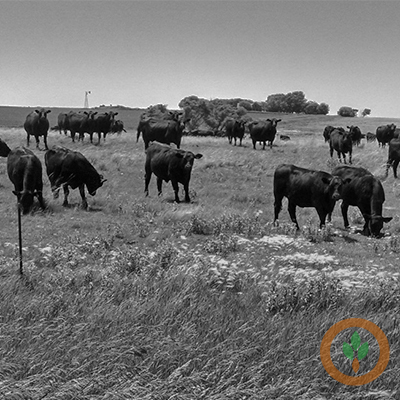News
Threat of fescue foot in cattle increases
 Fescue Foot is an increased threat for Missouri cattle producers going from drought to sustained, very cold temperatures.
Fescue Foot is an increased threat for Missouri cattle producers going from drought to sustained, very cold temperatures.
University of Missouri Extension specialist Craig Roberts says fall pasture growth after a drought produces more toxins in infected tall fescue grass, which can lead to fescue foot, “If they see these cattle starting to limp they need to pull the cattle and put them on a non-toxic fescue diet. It could be hay or a pasture that’s not Kentucky 31, something like that.” Research shows most toxins in the fall stay in the lowest two inches of the fescue plant.
Roberts says the long-term solution is to replace Kentucky 31 Fescue with non-endophyte fescue, which takes about a year. He says those cattle producers who have done so will have NO risk of fescue foot in their cattle.
AUDIO: Interview with Craig Roberts~
Grassland Renewal Upcoming education sessions March 2019

Add Comment